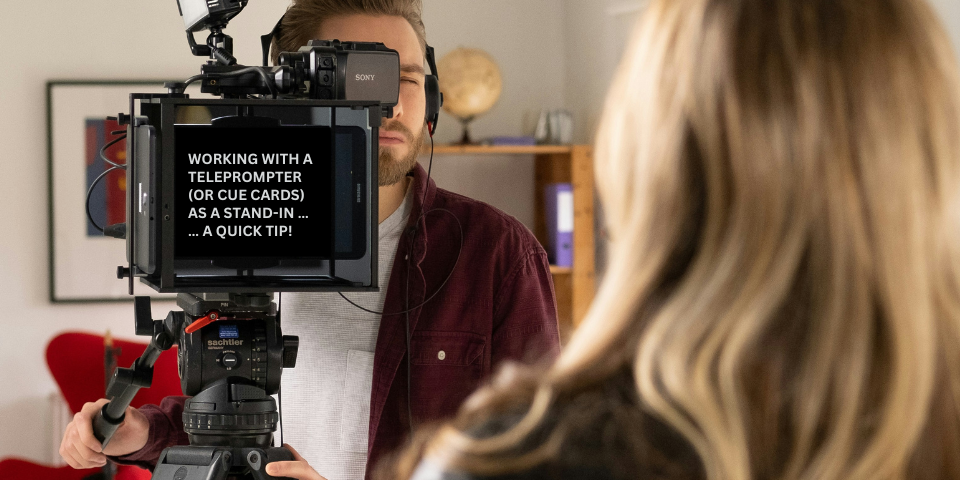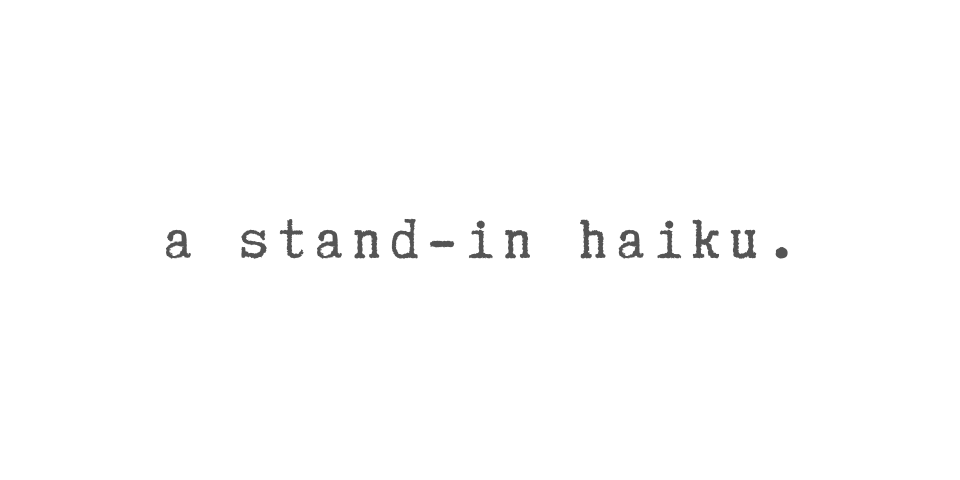You’re a human being, but when you’re a stand-in, your humanity can be a bit suppressed. As a stand-in, you can become valuable not for who you are but more for a quality you have. Here is a list of a few oversimplications of the stand-in.
Stand-In as Tool
Perhaps foremost of oversimplifications is the stand-in is a tool. The stand-in is like a tool for the crew.
In particular, the stand-in is like a tool for the director of photography (DP). You are like a hammer that flies into the DP’s hand the moment a nail must be driven, only instead of a nail being driven, a shot needs to be set up. You are at the DP’s beck and call. When the DP needs you, you hear a call for second team or your name. You go where the DP needs you to go, stand where the DP needs you to stand, look where the DP needs you to look. You are the means for accomplishing the DP’s job of lighting and setting up the shot. Without this tool, it would be a much more difficult effort for the DP.
As a tool, you can become better at being like a tool*. You can be available the moment the DP needs you. You can ensure what the DP needs to accomplish is accomplished with you as expediently as possible. You can just do your job silently, without question. Seeing yourself as a tool for the crew may help you better understand how to be a great stand-in.
* Editor’s Note: Of course, I don’t mean this in the disparaging sense! 🙂
Stand-In as Shape
Another oversimplification is the stand-in is a shape. When stand-ins are chosen for their body type, this oversimplification rings truer. Stand-ins stand in place for lighting but also perform blocking, and the shape of the stand-in may prove helpful in setting up the shot, whether in showing how distinguished the first-team actor will be in the shot, providing the right height for adjusting the camera, or just showing how much the first-team actor will fill a shot.
Being a good stand-in in this sense is largely out of your control because your shape is basically uncontrollable, though keeping in mind that matching your first-team actor’s shape and height may prove important to the crew as you do your daily work. Small adjustments you can make–like to your hair, your clothing, your shoes, etc.–may make you that much better of a shape and that much better of a stand-in.
Stand-In as Reflective Surface
A stand-in may also be oversimplified into a reflective surface. When DPs have lights adjusted and stands moved in order to distribute the light better around your face and body, you are more like a reflective surface than a human being. You might look nothing like your first-team actor, but your hair color, skin color, or facial shape may resemble your first-team actor’s, making you a great reflective surface for the DP to use.
Feeling oversimplified as a reflective surface rings truest when you can see the DP looking at you but, in a way, not looking at you. The DP will be looking at your skin but totally unconscious of your humanity. You might feel a bit creeped out when being treated in this way, but it is an aspect of the job of stand-in, albeit an oversimplification if seen as your only function.
Being a better reflective surface may mean keeping track whether your first-team actor is wearing glasses (which may reflect light), wearing your hair as your first-team actor does, and wearing color cover. These aspects can have an impact on lighting, and knowing that can make you a better stand-in.
Stand-In as Color
One final oversimplification of the stand-in is the stand-in is a color. This oversimplification is similar to that of the reflective surface: To the DP, your coloring may be of help in lighting the shot. However, as a color, you also help the director and those at video village distinguish you from the background actors. When you wear color cover, your being like a color helps crew to determine which character you are representing in a shot, especially on sets when you stand in for a number of different actors, when it isn’t always clear whom you’re representing in this scene.
Being a good stand-in in this case means staying on top of color cover, not to mention making your hair available for lighting, and keeping your skin tone similar to that of your first-team actor’s. When a stand-in is oversimplified as being just a color, a day at the beach that leaves you tanned or sunburnt may rival your ability to be a great stand-in.
Any other oversimplifications of the stand-in you can think of? If so,
share below!






Leave A Comment